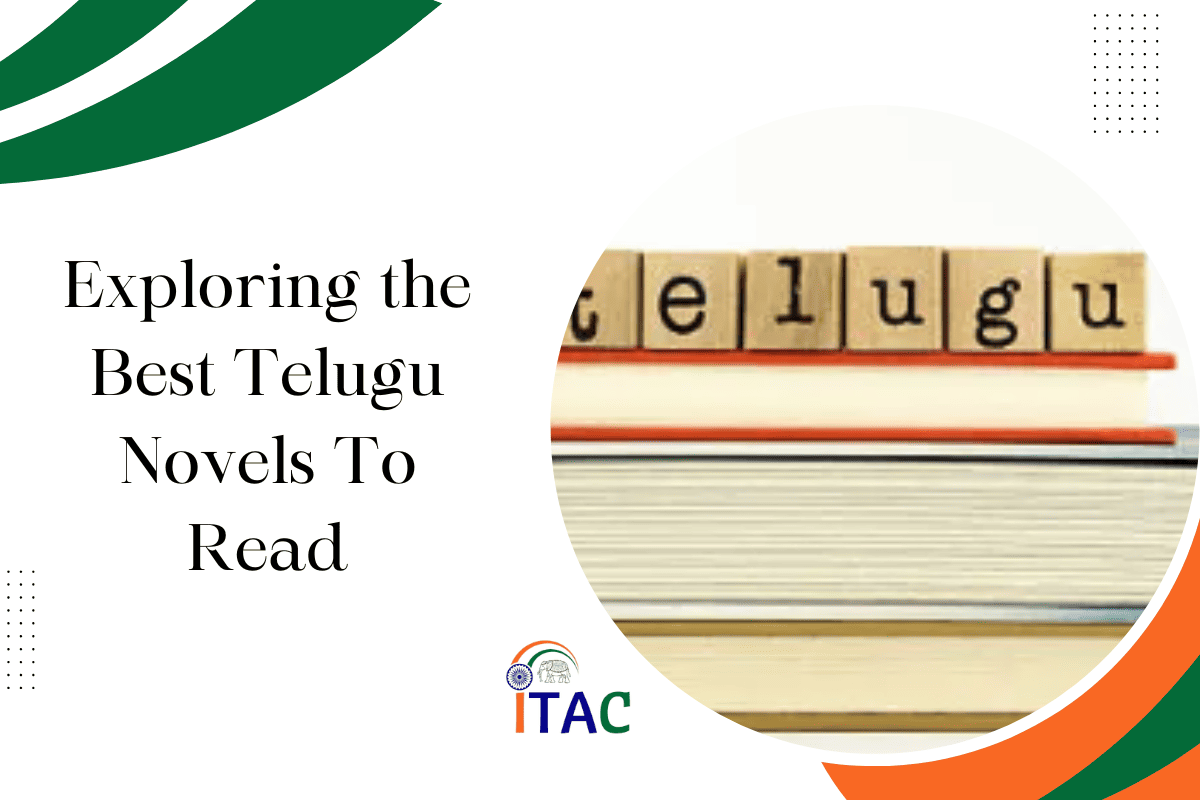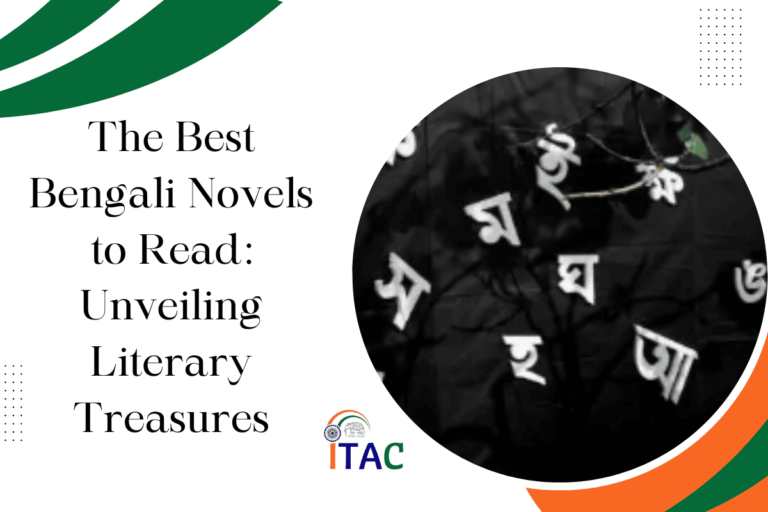You can deny that the moment we hear bollywood songs we start to dance, especially a few of the dance styles and steps that stick with us and we remember the song’s signature steps.
Bollywood dance, a fusion of various dance forms, is one of the most vibrant and expressive elements of Indian cinema. This dance genre incorporates styles from classical Indian dance, folk dances, and even international dance forms like hip-hop, jazz, and Latin dance. Bollywood dance is not just about the movements; it’s about storytelling, emotion, and the celebration of Indian culture.
In this blog, we’ll explore the intricate world of Bollywood dance forms, providing examples to illustrate the diversity and richness of this art form.
Table of Contents
Bollywood Dance Forms: Embracing the Multifaceted Beauty
The Classical Influence
Classical Indian dance has a significant impact on Bollywood choreography, with elements of Bharatanatyam, Kathak, Odissi, and other classical forms frequently incorporated into film sequences.
The influence of classical Indian dance forms on Bollywood choreography marks a beautiful blend of tradition and modernity, creating a unique cinematic experience that captivates audiences worldwide. These classical dance forms, with their rich history and intricate techniques, lend depth and emotion to Bollywood’s musical sequences, allowing for a more expressive storytelling medium.
Bharatanatyam’s Influence in Bollywood
Bharatanatyam, one of the oldest dance forms in India, is renowned for its grace, purity, precision, and sculpturesque poses. Originating in Tamil Nadu, this dance form embodies the essence of fire, representing the idea of eternal energy. Its influence in Bollywood is profound, as seen in the portrayal of historical and mythological stories where precision in dance sequences is paramount.
Deepika Padukone’s “Ghoomar” in “Padmaavat”: The film “Padmaavat” showcases Bharatanatyam’s influence through the meticulously choreographed song “Ghoomar.” Although “Ghoomar” is originally a traditional Rajasthani folk dance, the choreography is infused with Bharatanatyam’s elegance and precision. Deepika Padukone’s performance, characterized by detailed hand gestures (mudras), facial expressions (bhavas), and footwork, reflects the discipline of Bharatanatyam. The costumes and jewelry worn during this performance also draw inspiration from traditional Bharatanatyam attire, further emphasizing the classical influence.
Watch the song Ghoomar song, notice Deepika’s groovy moves, expression, hand gestures:
Kathak’s Role in Bollywood Dance
Kathak, which literally means “to tell a story,” is a dance form known for its fluid movements, intricate footwork, and rapid spins (chakkars). It has its roots in the northern parts of India and is characterized by the use of expressive gestures to convey stories and emotions. Kathak allows for a dynamic interplay between the dancer and the musicians, often involving complex rhythmic patterns.
Aishwarya Rai’s “Dola Re Dola” in “Devdas”: “Devdas” features the song “Dola Re Dola,” a perfect example of Kathak’s influence on Bollywood choreography. Aishwarya Rai and Madhuri Dixit, both trained dancers, perform a duet that showcases Kathak’s storytelling aspect through dance. The synchronized footwork, spins, and expressive gestures, combined with the rhythmic beats of the music, create a mesmerizing performance that remains one of Bollywood’s most iconic dance sequences. The costumes, with their flowing skirts and ornate details, complement the elegance and fluidity of Kathak dance.
Watch the timeless beauties doing the most famous Kathak moves for Dole Re Dola song:
Integrating Classical Dance with Cinematic Storytelling
The integration of classical Indian dance into Bollywood choreography serves several purposes. It not only pays homage to India’s rich cultural heritage but also enhances the emotional depth and aesthetic appeal of film sequences. By incorporating classical dance, filmmakers and choreographers can convey complex emotions and narratives in a visually stunning manner, transcending language barriers and resonating with a global audience.
Moreover, these dance sequences often require actors and actresses to undergo rigorous training in classical dance forms, contributing to their performances’ authenticity and depth. This dedication to the craft of classical dance enriches Bollywood cinema, making it a unique fusion of traditional art forms with contemporary storytelling techniques.
Folk Inspirations
The vibrant and energetic folk dances of India serve as a rich source of inspiration for Bollywood’s choreography, infusing movies with the authentic essence of Indian culture. These folk dances, each with its unique style, attire, and music, represent the diverse cultural heritage of India’s various regions. By incorporating these folk elements into cinema, Bollywood films celebrate the tradition while creating a visual spectacle that resonates with audiences both in India and around the globe.
Bhangra and Gidda: The Pulse of Punjab
Bhangra and Gidda are two of the most popular folk dances from Punjab, known for their high energy, lively rhythms, and colorful attire. These dance forms are traditionally performed during harvest festivals and other celebrations, embodying the spirit of joy and gratitude.
- Bhangra: Characterized by vigorous kicks, leaps, and bends, Bhangra is performed by men and is accompanied by traditional Punjabi music instruments like the dhol, chimta, and tumbi. The dance moves reflect the farming activities, such as sowing seeds and harvesting, symbolizing the connection to the land.
- Gidda: Gidda is the female counterpart to Bhangra, showcasing the grace and energy of Punjabi women. The dance involves clapping, singing, and fluid movements, often incorporating folk tales and social themes into the performances. The costumes are vibrant, with colorful dupattas (scarves) and embellished dresses, adding to the visual appeal.
In Bollywood, the song “Boliyaan Gidda ” from “Aloo chat” is a perfect example of Gidda’s influence. The energetic beats, coupled with spirited performance, bring the essence of Punjabi folk dance to the forefront, captivating the audience with its exuberance.
Here is a video for you so that you can also watch and get high on energy:
Garba and Dandiya: The Festive Spirit of Gujarat
Garba and Dandiya are traditional Gujarati dances performed during the Navratri festival, symbolizing the worship of Goddess Durga. These dance forms are known for their circular patterns, rhythmic claps, and the use of sticks (dandiya).
- Garba: Performed in a circle reflecting the cyclic nature of life, Garba is danced around a centrally lit lamp or an image of the Goddess. Participants wear colorful, embroidered costumes, and the dance involves fluid hand movements and spins.
- Dandiya: Dandiya is a more energetic version involving pairs of dancers hitting sticks in rhythm. It represents a mock fight between the Goddess and Mahishasura, the mighty demon-king, and is marked by synchronized movements and rhythmic beats.
The song “Dholi Taro Dhol Baaje” from “Hum Dil De Chuke Sanam” splendidly captures the essence of both Garba and Dandiya. The choreography, costumes, and music seamlessly blend to recreate the festive spirit of Navratri, showcasing the communal joy and vibrancy of these dances.
Watch the Dholi Taro Bhol Baaje here:
The Global Touch in Bollywood Choreography and Dance Forms
The globalization of Bollywood has led to the integration of contemporary and international dance styles with traditional Indian elements. This fusion creates a unique choreographic style that appeals to a global audience while retaining the essence of Indian folk traditions. From hip-hop and jazz to Latin and contemporary dance, Bollywood choreographers are increasingly experimenting with diverse genres, bringing a fresh perspective to traditional stories and themes.
This amalgamation not only enriches Bollywood’s dance repertoire but also facilitates cultural exchange, allowing international audiences to experience the richness of Indian folk traditions through cinema. As Bollywood continues to embrace global influences, it simultaneously acts as a cultural ambassador, showcasing the vibrant diversity of India’s folk dances to the world.
The film “ABCD: Any Body Can Dance” (2013) showcases contemporary dance in Bollywood.
Hip-Hop and Jazz: These Western dance forms have influenced Bollywood dance sequences, adding a global appeal. The film “Street Dancer 3D” (2020) extensively features hip-hop, showcasing India’s burgeoning street dance culture.
Watch the groovy moves from movie ABCD:
Iconic Choreographers and Their Styles
In the world of Bollywood dance, choreographers play a pivotal role in bringing the essence of a song to life through movement. Their unique styles and innovative approaches to dance have not only shaped the genre but also left an indelible mark on Indian cinema. Among these, Saroj Khan and Prabhu Deva stand out for their distinctive contributions and iconic choreographies that have influenced generations.
Saroj Khan: The Mother of Bollywood Choreography
Saroj Khan, affectionately known as “Masterji” by her peers and students, was a legendary figure in Bollywood. Her career spanned over four decades, during which she revolutionized film dance choreography with her innovative techniques and deep understanding of emotion and storytelling through dance.
- Classical and Folk Fusion: Saroj Khan’s choreography was a harmonious blend of classical Indian dance and folk influences. She had the unique ability to weave intricate classical movements with the vibrant energy of folk dances, creating visually stunning and emotionally charged performances.
- Emotive Expression: One of Khan’s hallmark traits was her emphasis on expressive gestures and facial expressions (abhinaya). She believed that dance was not just about the movements but about conveying the story and emotions of the song. Her work in “Devdas” (2002), particularly in songs like “Dola Re Dola” and “Maar Dala,” showcases her mastery in using dance as a narrative tool, bringing the characters’ emotions to the forefront through her choreography.
- Iconic Numbers: Saroj Khan’s legacy includes some of Bollywood’s most memorable dance numbers, such as “Ek Do Teen” (Tezaab), “Dhak Dhak Karne Laga” (Beta), and “Nimbooda Nimbooda” (Hum Dil De Chuke Sanam). Her ability to create catchy, expressive, and intricate dance sequences made these songs timeless classics.
Watch Nimbooda Nimbooda dance here:
Prabhu Deva: The Indian Michael Jackson
Prabhu Deva, known for his electrifying dance moves and innovative choreography, brought a fresh perspective to Bollywood dance by incorporating elements of hip-hop, street dance, and Western dance styles. Often referred to as India’s Michael Jackson, Prabhu Deva’s style is marked by its high energy, precision, and flair.
- Hip-Hop and Street Dance: Prabhu Deva has been instrumental in popularizing hip-hop and street dance styles in Bollywood. His choreography is characterized by its rhythmic syncopation, isolations, and acrobatic movements, which have introduced a new level of dynamism and athleticism to Bollywood dance sequences.
- Versatile Choreography: Prabhu Deva’s versatility as a choreographer is evident in his ability to adapt to various music styles and dance forms. His work spans a wide range of genres, from classical to contemporary, showcasing his broad understanding of dance as an art form.
- Iconic Dance Numbers: Prabhu Deva’s choreography in the song “Muqabala” from the film “Street Dancer 3D” became a sensation for its innovative use of street dance combined with Indian elements. His performance in “Urvashi Urvashi” (Humse Hai Muqabala) and “Kay Sera Sera” (Pukar) are also celebrated for their originality and have inspired a new generation of dancers and choreographers.
Watch the dance of Muqabala here:
Both Saroj Khan and Prabhu Deva have enriched Bollywood with their distinct styles, leaving a legacy that continues to inspire dancers and choreographers. Khan’s deep connection to the emotive aspects of dance and Prabhu Deva’s innovative fusion of Eastern and Western dance forms have not only pushed the boundaries of Bollywood dance but also highlighted its global appeal. Their contributions have ensured that dance remains a central and cherished component of Indian cinema, celebrated for its ability to tell stories, evoke emotions, and connect with audiences worldwide.
Conclusion: The Future of Bollywood Dance
Bollywood dance continues to evolve, embracing new trends and technologies while staying rooted in the rich tapestry of Indian dance traditions. As the world becomes more interconnected, the influence of Bollywood dance has spread globally, with classes and workshops being offered in many countries outside India.
Bollywood dance forms are a testament to the diversity and dynamism of Indian culture. They are not just a means of entertainment but also a way to preserve and celebrate the country’s rich cultural heritage. As Bollywood continues to evolve, one thing remains constant: its ability to bring people together through the universal language of dance.









